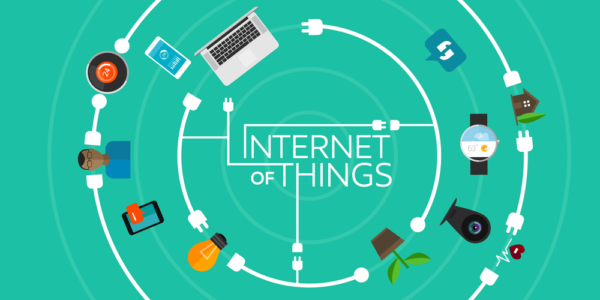
You are looking at your production lines today and recognizing that traditional methods are just not quite meeting the demands you now face. There is a sense that you need more visibility, more flexibility, and a way to respond instantly when conditions change. Customers expect higher quality, and your suppliers are shifting timelines at a moment’s notice. What’s the answer? IoT in automotive production can provide real-time data, predictive analytics, and automation to optimize your operations.”
Why IoT in Automotive Production Should Happen Today
You already know that every car rolling off your line represents countless steps, yet traditional production doesn’t give you continuous insight into each step as it happens. Instead, these methods themselves are reliant upon set schedules, manual checks, and reactions that are almost always after the fact. But that can change.
IoT devices like sensors, edge computing units, and intelligent software can transform IoT in automotive production by providing real-time monitoring. And once they do, you’re getting constant, updated information on machine performance, material availability, and product quality as things happen. You can spot small issues before they become disruptions that threaten the whole line and better allocate resources where they are needed most in the moment.
These benefits aren’t just a distant promise. A pilot project using IoT in automotive production can start today with sensors measuring temperature, vibration, or cycle times, and then feed that data into a platform that displays it in a way your operators and managers can understand. With only a modest investment and a clear plan, you can watch as your team uncovers opportunities to tweak operations, adjust machine speeds, or reorder materials on the fly. Soon you’ll be scaling this approach across the entire factory.
A Solid Technological Foundation
Before you begin, a reliable network infrastructure is a must. It’s likely you already have Wi-Fi or a wired Ethernet setup that supports your existing IT systems, but adding on devices enormously increases data traffic. Start by enhancing your network infrastructure now by upgrading to industrial-grade routers or access points that handle higher data volumes. You also need to decide how to manage the data these sensors produce. Planning for scalable data storage and processing on-site or near the production line helps you avoid delays.
Selecting the Right Tools and Partners
Many vendors promise outstanding results, but how do you select the right ones for your unique environment? You need partners who understand your industry, your processes, and your constraints. At SAAB RDS, we’re experts who have experience in IoT deployments for automotive production, and we can design a solution that fits your current equipment and production goals. We can recommend sensors that will integrate well with your machines, data analytics platforms that interpret information in the ways that will be useful for you, and communication protocols that work in your environment.
Our vendor-agnostic approach also frees you from being limited by any one company’s product or environment. Instead, you can pick and choose components that match your immediate needs. If a certain sensor from one manufacturer works best with your robots and another vendor’s analytics software offers better insights for production scheduling, you can bring them together.
Training Your Workforce
Introducing these devices and the advanced analytics that go with them could overwhelm your staff, it’s true, but everything rides on how you introduce change and the experience of your digital transformation partner. In reality, this shift can make your staff’s jobs a lot easier and more engaging; but only if you prepare them.
Start by involving your frontline operators and maintenance technicians, and ask them what information would help them solve problems more quickly. Offer training sessions that explain how to interpret sensor readings, adjust machine parameters based on alerts, and use the new software tools that bring all this data together.
By doing all this now, as you introduce change on a small scale, you give your workforce the confidence to use data productively from day one. As they gain experience, they will offer feedback on what information is truly helpful and what features would make their work even more productive. This feedback loop will mean your IoT integration continues to improve, right from the start.
Improving Quality and Reducing Waste
Your production lines might already operate at reasonable efficiency, but small inefficiencies always add up, and when you integrate IoT devices, you’re going to get immediate insights into what is happening. If a machine starts producing slightly imperfect parts, the sensors will catch that deviation immediately; so instead of producing a whole batch of flawed components before someone notices, you can stop the process immediately and make whatever adjustments are necessary.
Predictive maintenance is another way IoT helps you achieve fast results. Instead of changing parts on a set schedule, or even waiting for them to fail, you can rely on sensor data to tell you when any component is showing signs of wear.
Ensuring Data Security and Privacy
You might worry about security risks when connecting sensors and devices to your production networks, and this is a wise concern. The good news is you can protect everything by implementing proven security measures right from the start. Encrypting data at the device level, segmenting your network, and controlling user access are all steps you can take immediately; and they work. Our extensive experience in digital transformation allows us to come alongside you here as well, with reliable solutions that are proven to work.
Contact us today at SAAB RDS to learn more. We’ll work with you to define your needs, find the best set of integrated tech for your goals, and make you adaptable to future change.
